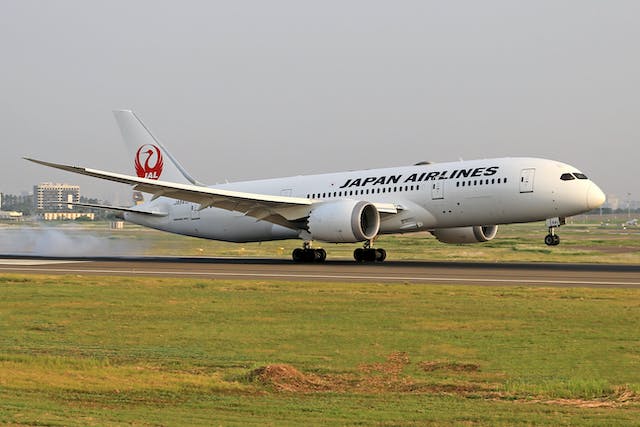
What are V1 and V2 on a plane? V1 is the point where a plane must take off and V2 is the speed where a plane can safely climb if one engine fails.
Flying in a plane is incredibly safe these days. However, take off and landing are the two most dangerous parts of any flight. 11% of accidents happen during takeoff and 49% happen during landing. There are many ways to explain that. The first is that the plane is obviously close to the ground during takeoff and landing. If a plane has a problem, the pilots need a lot of time to work out what is wrong and to try to fix the problem. Often they can solve the problem and the plane will land safely, but if they are taking off or landing, they don’t have the luxury of time to work the problem. That means they have less time to find a solution and they are far more stressed than if they were higher. The second reason is because many planes that will have a problem will only crash when the pilots try to land. The pilots will work the problem, get as close to the airport as possible, but they have to land at some point, and this can be the point where they crash. The numbers are logically high. So, to reduce the chance of an accident on the runway during takeoff, pilots use V1, VR, and V2. What are they?
Well, before we look at each one, what does the “V” stand for? It actually stands for “vitesse”, which is the French word for speed or rate. We are looking at V1, VR, and V2, but there are actually 34 different “V” commands on a plane.
Before a plane takes off, the pilots make a complete check. They have a checklist they have to follow. Once that is done and they have permission from air traffic control, they head for the runway and wait. They have one more checklist to complete here and when the air traffic controller gives them permission, they start the takeoff. The plane accelerates and then at a predecided speed, the first officer will say “V1” and the pilot will acknowledge. At this point, no matter what happens, the pilot has no choice but to take off. V1 is the point where the plane is going too fast and there is not enough runway left for the plane to be able to stop safely. V1 varies depending on the plane and the runway. Heavier planes need more time to stop, so their V1 will be farther up the runway than a lighter plane. A pilot can abort any time up to V1 being called, but aborting after that means the plane will overrun the runway and crash. Before takeoff, pilots will have a chart that tells them the V1 speed for their aircraft, with the amount of fuel and load they have, and the length of the runway, and the weather, and the wind, and the temperature, and a lot of other factors.
VR is the speed where the pilot starts to take off. It is V Rotation, and the pilot usually just says “rotate”. At this speed, the pilot pitches the nose of the plane up for takeoff. It is rotate because lifting the nose rotates the plane on its axis.
Once the plane is in the air, V2 is called out. This is the speed the plane needs to reach to be able to climb if one of its engines fails. It is known as the takeoff safety speed because at that speed, even if an engine fails, the pilots will be able to get the plane in the sky and work the problem, or return to land. V2 is different for all planes because it depends on many different criteria, such as size, weight, weather, and so on. If a plane loses an engine before V2, it won’t have enough thrust to fly. An airplane needs thrust to push it through the air and generate lift. If it doesn’t have enough thrust, it cannot get enough lift, and it cannot fly. If a plane loses an engine before V2, it cannot fly and it will crash. This has happened very occasionally. And this is what I learned today.
Photo by Jeffry Surianto: https://www.pexels.com/photo/japan-airlines-aircraft-taking-off-19655194/
Sources
https://www.faasafety.gov/files/notices/2015/Nov/V_Speed_Review.pdf
https://www.aviationfile.com/takeoff-speeds-v1-vr-rotate-v2/
https://www.usatoday.com/story/travel/columnist/cox/2013/09/29/takeoff-speed-v1-v2-rotate/2885565/
https://safetyfirst.airbus.com/control-your-speed-at-take-off/
https://www.businessinsider.com/why-airplane-takeoff-landing-are-dangerous-flight-2019-12
https://www.aopa.org/training-and-safety/students/presolo/skills/before-takeoff-checklist
https://forums.flightsimulator.com/t/what-is-the-meaning-behind-rotation-in-aviation/600461/7
https://aviation.stackexchange.com/questions/11596/what-happens-if-an-engine-fails-between-v1-and-v2
